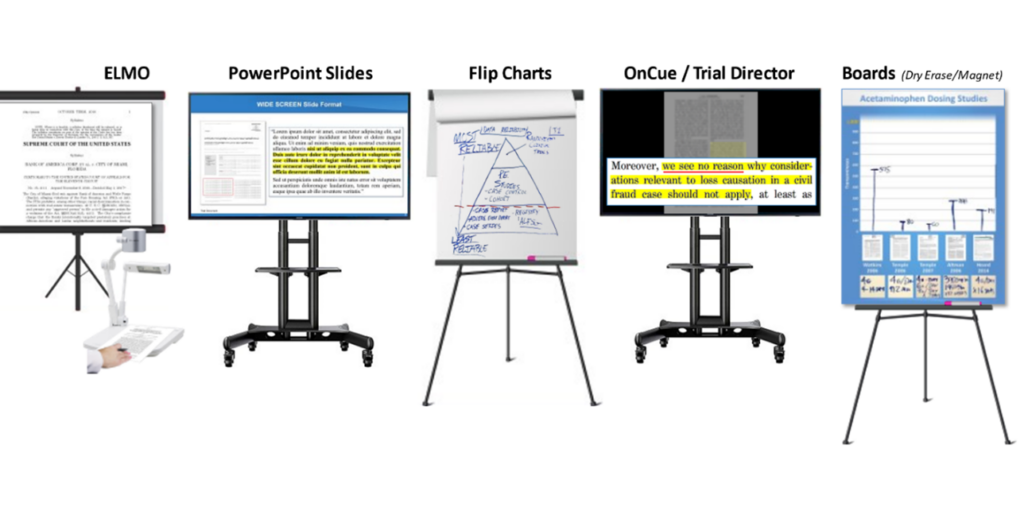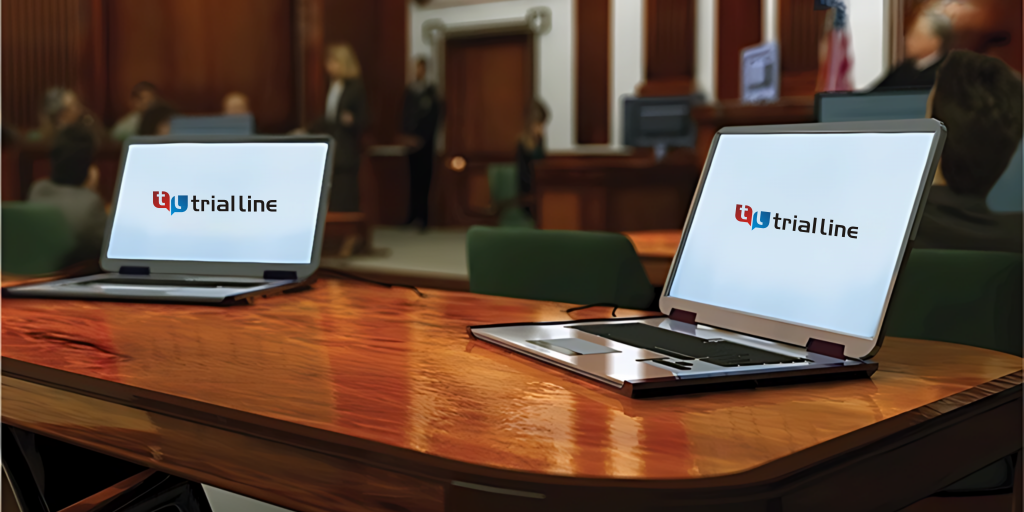Discover the Value of Trial Presentations for Effective Lawful End Results
In the world of litigation, the effectiveness of trial presentations can frequently be the decisive aspect in securing desirable legal results. As we explore the necessary components of impactful test discussions, one should consider how these aspects link to influence the last verdict.
Recognizing Test Discussions
Recognizing trial discussions is crucial for lawyers seeking to properly communicate their disagreements and proof to a jury. A test discussion works as a crucial device in the court room, transforming complicated legal principles and case information right into a meaningful story that jurors can quickly comprehend. Legal professionals should acknowledge that jurors are often laypeople, not familiar with lawful lingo and step-by-step details. As a result, the ability to boil down information right into clear and engaging visuals, alongside oral disagreements, substantially improves the chances of positive results.
Additionally, the framework and distribution of a test presentation can affect juror assumptions and decision-making. Reliable presentations use a mix of storytelling, visuals, and influential methods to involve jurors and preserve their interest throughout the test. This needs careful preparation and prep work, as each aspect must align with the case strategy and purposes.
Furthermore, comprehending the mental aspects of juror behavior is necessary in crafting a successful trial presentation. Attorneys have to take into consideration how jurors analyze information, reply to sob stories, and form predispositions. By resolving these factors, attorneys can produce discussions that reverberate with jurors, inevitably helping in the quest of justice.
Crucial Element of Reliable Presentations
Effective trial presentations rest on a number of crucial elements that jointly improve their effectiveness. Primarily, clearness is crucial; legal debates must be verbalized in a simple fashion, staying clear of jargon that can puzzle the court. Presenters need to structure their disagreements realistically, guiding the target market via the narrative in a coherent series.

Aesthetic aids likewise play an essential duty in efficient discussions. Well-designed slides, graphes, and graphics can help boil down complex info and reinforce bottom lines, making them much more memorable. In addition, using storytelling techniques can engage the jury psychologically, developing a link that goes beyond mere facts.
One more essential component is the speaker's delivery style. Confidence, enthusiasm, and suitable body language can dramatically influence how the message is received. Exercising reliable eye contact and vocal variation keeps the court conscientious and purchased the discussion.

Effect on Court Assumption
The impact of trial presentations on court assumption is profound, as the way info is shared can significantly influence jurors' interpretations and choices. Jurors are entrusted with evaluating complicated info and making resolutions based on proof presented during the trial. Effective presentations that utilize clear visuals, compelling narratives, and organized content can enhance jurors' understanding and retention of essential truths.
Moreover, the emotional tone and shipment of the presentation play a vital function in forming jurors' mindsets. Discussions that resonate mentally can produce empathy and connection, swaying jurors toward the attorney's perspective. On the other hand, an inadequately structured or overly technical presentation can result in confusion and disengagement, causing unfavorable understandings of the situation.
In addition, jurors often rely upon non-verbal signs, such as body movement and eye contact, which can affect their rely on the presenter - trial presentations. Attorneys must be acutely mindful of just how their discussion style can either reinforce or threaten their arguments. In summary, well-executed trial presentations are vital for assisting court understanding and eventually influencing the outcome of legal procedures
Techniques for Engaging Storytelling
An efficient tale ought to reverberate with jurors on an emotional degree while clearly laying out the realities of the situation. This theme offers as a leading thread throughout the presentation, aiding jurors make connections and keep details.
Utilizing character advancement is essential; humanizing the events included permits jurors to feel sorry for their experiences. Present essential numbers early, providing context and history to make them relatable. Furthermore, these details using a clear framework-- beginning with an interesting intro, followed by a well-organized body, and ending with a powerful resolution-- Check Out Your URL makes certain the narrative flows rationally and keeps juror rate of interest.
Incorporating vivid imagery and detailed language can even more boost the story, developing mental photos that make the realities much more unforgettable. The use of rhetorical inquiries can prompt idea and reflection, prompting jurors to actively engage with the story. By using these techniques, lawyers can develop narratives that reverberate deeply, inevitably influencing the court's decision-making procedure.
Enhancing Proof With Visual Help
While offering evidence in a trial, the combination of visual aids can dramatically boost understanding and retention amongst jurors. Aesthetic help, such as graphes, charts, images, and videos, serve to clear up intricate information and produce a much more engaging narrative. By showing bottom lines, these tools assist jurors to draw connections in between proof and the case's overarching styles.
In addition, aesthetic aids can streamline detailed details that may otherwise overwhelm or puzzle the jury. A timeline can successfully showcase the series of events, while a layout can illustrate partnerships or interactions in between parties entailed in the case. This clearness promotes better understanding and helps with informed deliberation.
The critical use of aesthetic aids additionally use the visual understanding preferences of several jurors, making today proof much more relatable and remarkable. When jurors can imagine realities, they are a lot more likely to preserve important info, leading to better-informed judgments.
Eventually, effective test presentations that include aesthetic aids not just reinforce the instance yet likewise equip jurors to involve proactively in the judicial process, helping with even more equitable legal outcomes. you could try here In recap, boosting proof with aesthetic help is a pivotal technique for successful test discussions.

Conclusion
In recap, trial presentations serve a crucial function in the legal process by equating complicated legal debates into relatable stories for juries. Efficient discussions, characterized by organized storytelling and aesthetic help, considerably improve juror understanding and retention of info.